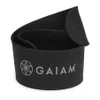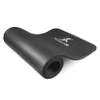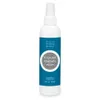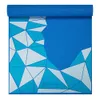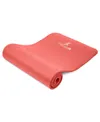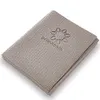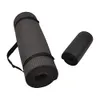Runners — I'm a personal trainer, and this is the muscle group you might not be strengthening (but need to)
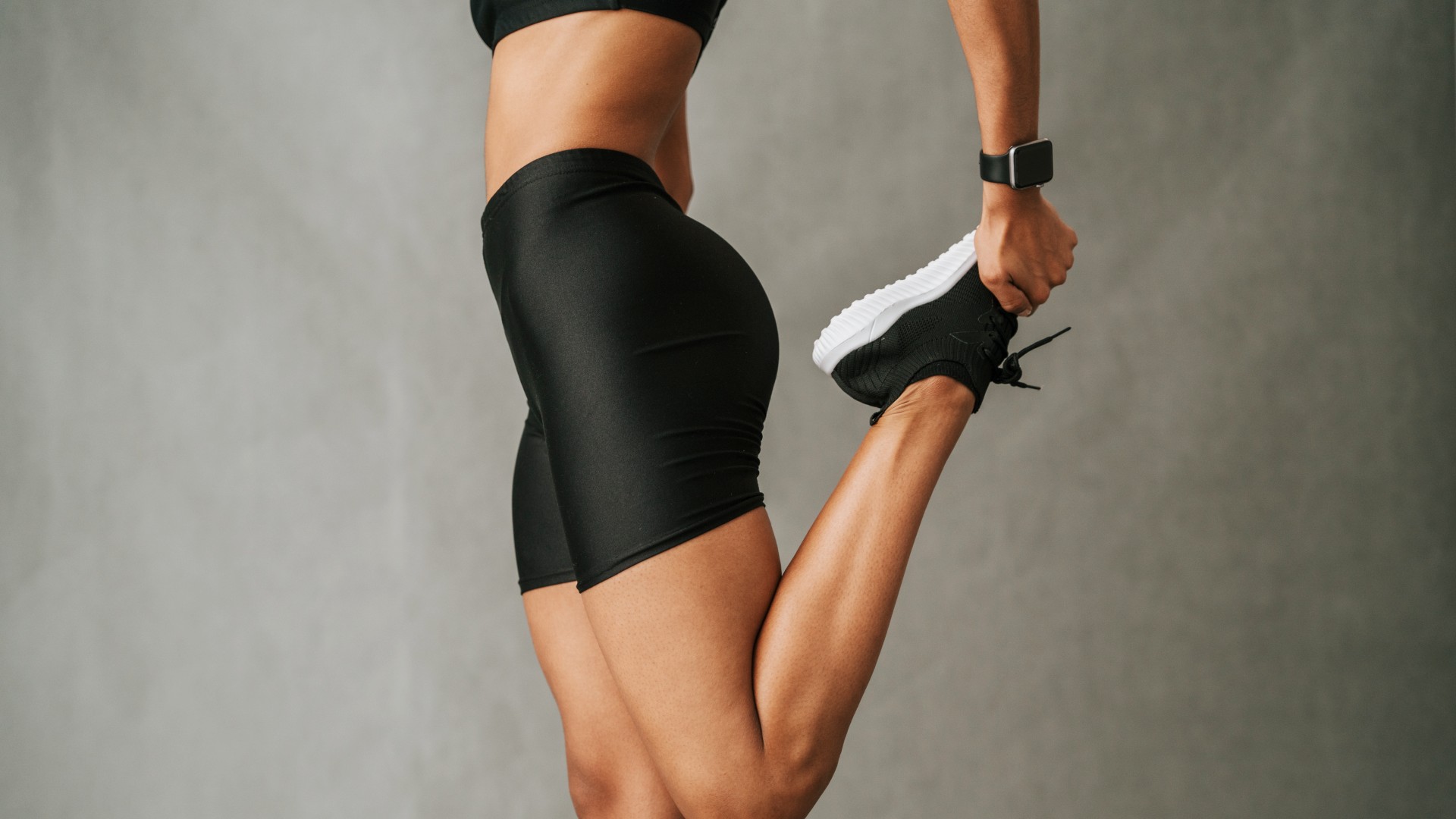
I can’t say it enough: hip flexors, hip flexors, hip flexors. Whether you’re training for the next marathon or are a casual runner who enjoys the odd 5k, your hip flexors matter when you run, and strengthening them will keep you injury-free and strong.
These muscles are known as stabilizers, and they run down the fronts of your hips to your thighs. If you’re a runner, you need to keep your hips strong and mobile when you run, which means doing a little bit of homework when you’re not hitting the road or track.
Here are three exercises I swear by to help you, and why you need to keep your hips bulletproof. Grab one of the best yoga mats for home workouts, and dig in.
What are the hip flexors?

Whenever I speak to someone who has back pain, I immediately ask them if they do any stretching, mobility, or strengthening exercises around three key areas: hamstrings, glutes and hips. Yes, core work too, but much of back pain originates from tightness or weakness in these areas.
Your hip flexors are technically part of your core musculature and sit along the pelvis at the front of your hips. They can flex and extend, and help you lift your legs and knees toward your torso. Think of marching on the spot, for example.
The main hip flexors you need to be aware of are the psoas, rectus femoris and iliacus. No matter your age, weak or tight hips can increase the risk of overuse in other areas and potentially lead to injury down the line.
This can happen if you are particularly sedentary (hello, desk dwellers like myself), so if you have a job that involves a lot of sitting or you are a runner and use your legs often in your sport, this is for you.
Get instant access to breaking news, the hottest reviews, great deals and helpful tips.
I’m stating the obvious when I say runners use their legs. Duh. But whatever the type of running you do, your hips work through a large range of motion as you draw your knee upward and lift your foot, then step down and extend the leg (swing and contact). Your hip flexors also help externally rotate your hips.
Soccer players, sprinters and long jumpers also need strong hips to bear the impact of their sport and achieve proper range of motion and movement mechanics.
What are the symptoms of weak hip flexors?
Pain or tightness can often show up when you have weak hip flexors, and you might feel exercises predominantly in your hips when you should be feeling it in the primary muscles, or if your core is also weak. If they feel pinchy or overactive, it might be time to strengthen them.
Although the exercises below are targeted at the hips, fear not, because many of the best abs exercises also work your hip flexor muscles, like leg raises or in-and-outs. That means there are plenty of ways to target them.
How do you release a tight hip flexor?
Foam rolling, stretching and mobility exercises can help relieve tightness in your hips, which may also release low back pain. Below, I’ve listed one strength move, one mobility exercise and one hip stretch you can do to stretch and strengthen your hips.
Strengthen: Kettlebell hip marches
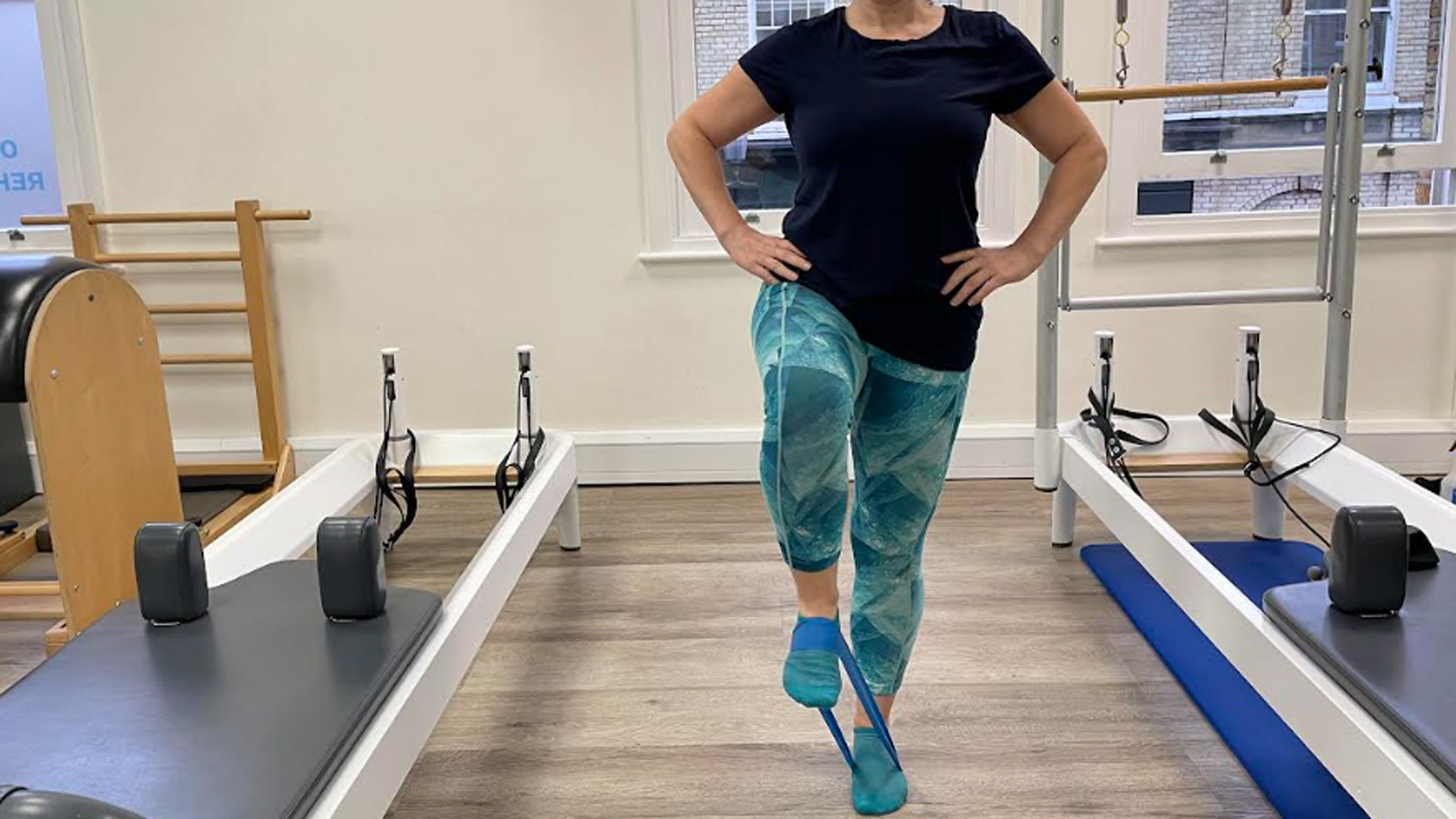
Use a light kettlebell and place it on the floor in front of you. Post your foot through the window of the bell so that the handle rests on the widest part of your foot. Stand tall and engage your core, placing your hands on your hips and lifting your chest.
Without leaning to one side or aching your back, bend your right leg and draw your knee toward your chest until you reach hip-height. Pause with your knee bent at 90 degrees, then lower your leg again.
If you prefer, use a resistance band (as above) instead.
Complete 8-12 reps, then switch sides. Aim for 3-4 sets.
Mobilize: Kneeling leg lifts
This will test your balance and mobility while also externally rotating the hip using abduction. That means your gluteus medius or “outer glutes” are also active.
Kneel on a mat and step your right foot forward, leg bent at 90 degrees. Place your hands on your hips or hold on to something if you prefer, lengthen through your spine and relax your shoulders. Think tall torso. Engage your core muscles.
I like to use a yoga block or book for this exercise, but you don’t have to. If you want to use one, place it a few inches to the left of your right leg.
With control, lift your right leg away from the mat and hold, then step it over the block and place your foot back on the floor on the other side of the block.
Focus on control and try not to rush or swing your leg. If that feels too intense, just focus on lifting, pausing and lowering again.
Move from side to side for 8-12 reps, then switch legs. Aim for 3-4 sets.
Stretch: Lizard pose
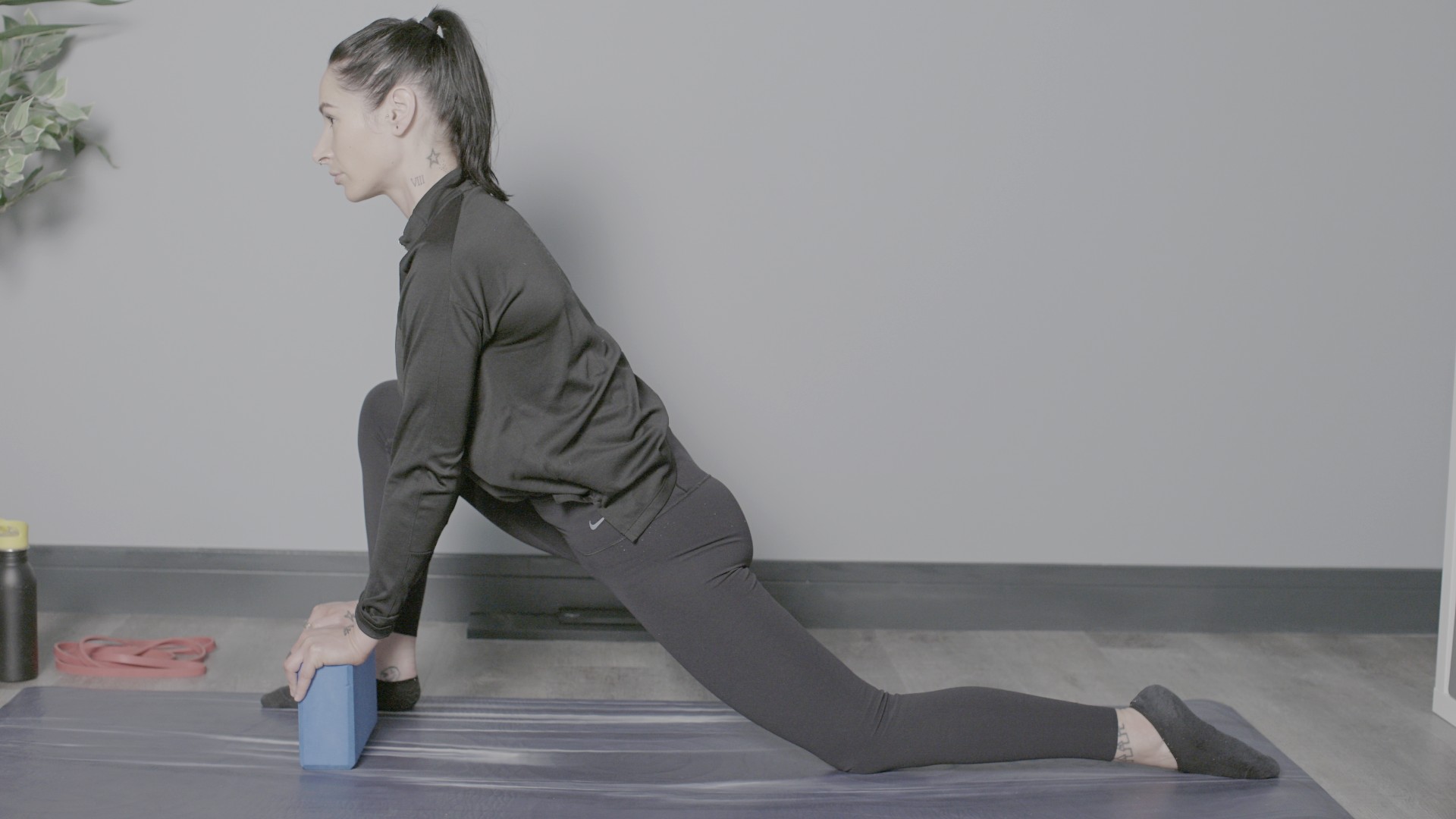
Lizard stretches the psoas muscles and is fantastic for releasing tension in tight hips. Start in a low lunge with your right foot forward and left leg extended behind you. Ensure your left knee is comfortable on a mat.
Place your hands flat on the mat inside of your front leg. Focus on keeping your back straight, shoulders relaxed and spine long, lifting your chest. Slowly draw your right knee forward as far as you can without lifting the ankle.
For a deeper stretch, shuffle your left leg back or come down onto your elbows. You can also place elbows or hands on a block or book. Avoid hunching over, and only take this option if your back stays straight. From here, I like to kick my back heel up toward my butt to stretch down the quad, but this is optional.
Hold for 60-90 seconds per side.
More from Tom's Guide
- I'm a personal trainer — the candlestick roll is the best bodyweight exercise for your barbell squats
- Less sit-ups, more compound exercises — this one exercise sculpts and strengthens your abs and obliques
- Want to get fitter and stronger? Researchers say workouts should match your personality type

Sam Hopes is a level 3 qualified trainer, a level 2 Reiki practitioner and fitness editor at Tom's Guide. She is also currently undertaking her Yoga For Athletes training course.
Sam has written for various fitness brands and websites over the years and has experience across brands at Future, such as Live Science, Fit&Well, Coach, and T3.
Having coached at fitness studios like F45 and Virgin Active and personal trained, Sam now primarily teaches outdoor bootcamps, bodyweight, calisthenics and kettlebells.
She also coaches mobility and flexibility classes several times a week and believes that true strength comes from a holistic approach to training your body.
Sam has completed two mixed doubles Hyrox competitions in London and the Netherlands and finished her first doubles attempt in 1:11.
You must confirm your public display name before commenting
Please logout and then login again, you will then be prompted to enter your display name.

